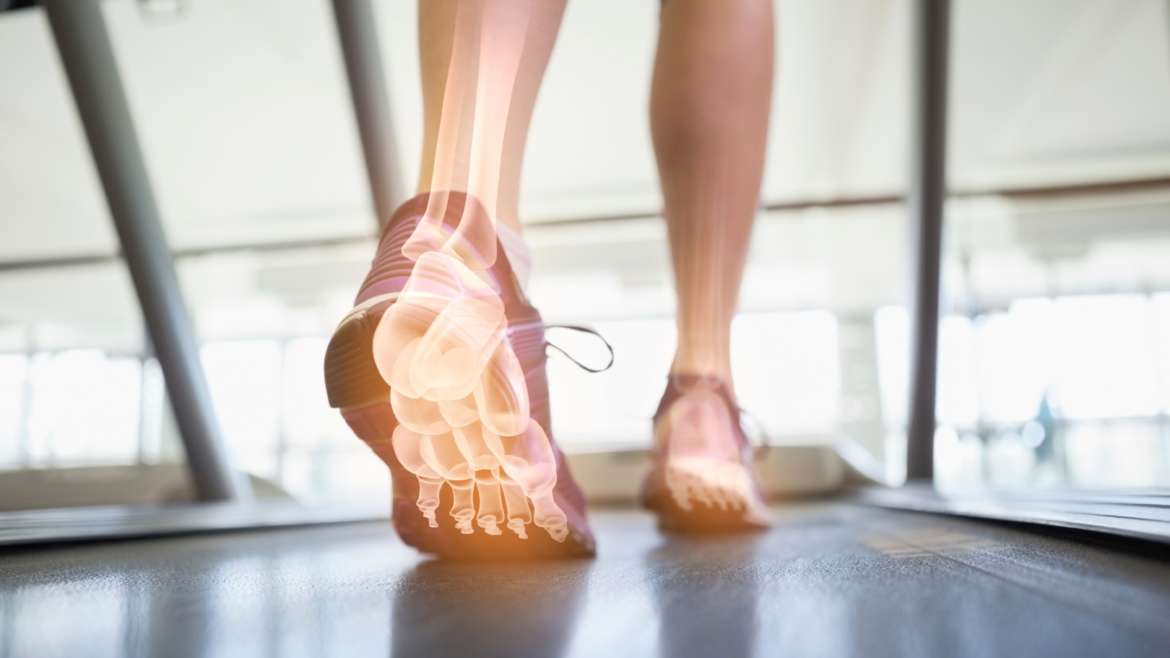Our feet absorb more force during a race, than any other body part. Our feet propel us, and yet they have the power to make running fun or miserable. So why is it that only a handful of athletes give proper care to their feet?

Here are some tips to help look after your feet when training.
Get the right running shoes – the first step to creating happy feet is to find the right pair of shoes. Sometimes you can save a little money to get your shoes online, but there is no substitute for a good fit and speaking to an expert. If you are new to this, it’s worth visiting a specialist sports shop. They have people trained in fitting trainers and many of them have gait analysis machines so you can get the perfect trainers for your feet.
Blister Care – blisters are a nightmare. How can something so little sideline you for so long? Finding the right shoes and socks can help enormously, but run long enough, and inevitably you will get a blister.
To overcome a blister please don’t pop it – no matter how tempting it is! Compeed do some great blister packs which you can get from your local pharmacy. It’ll help keep the area clean and free from infection.
Massage
Sports massage can help your whole body, including your feet. Our massage therapists are experts in helping people training for event. Sports massage can soothe aching and tired muscles, helps prevent injury and can sort out any niggles too.
How to get the right shoes
For runners, the selection of running shoes is like buying a house or a car; you will spend so much time in them, so you want something that you like. Your shoes can play a significant role in keeping your running strong. Before you start shopping it’s a good idea to know the shape of your feet. The three most common foot shapes are flat arches, neutral and high.
Once you know what shape you have, try several pairs on in the shop. Most runners need to go up a half size of their dress shoes, as this will give you a 2-3 centimetres of free room in the toe box. While you want to be able to move your toes around, be sure that your heel is comfortable and safe to avoiding unnecessary skidding.
Ultimately, most runners know when they have found the perfect shoe. It should feel like a part of your foot, with the trainer working with the shape and the natural biomechanics of the foot.
When to change your running shoes
In addition to keeping a mileage log, there are some tell tale signs to help you decide when to buy your next footwear:
• The outsole is worn down to the white midsole
• The midsole feels too soft and quickly collapses under pressure. You can see the longitudinal creases in the midsole
• The heel counter becomes mobile and less support
• Your toes are through the box to the feet and the upper is torn
If you identify one or more of these factors, visit a specialist shop to find a new pair.
What happens to your feet during exercise
When you run your foot is active in the landing and push-off phase, it absorbs the impact shock (landing), and then controls the forces generated by running (for push-off).
Many running injuries can be attributed to a problem with one of these functions. If your foot is too rigid to withstand the impact, you can be at risk of a tibia stress fracture. If your foot cannot land in a controlled manner, this may lead to “runner’s knee”.
If you start to suffer with an injury give us a call before it gets worse. We can pinpoint what the problem is and help it get better, to help you get back to your training.



Add Comment